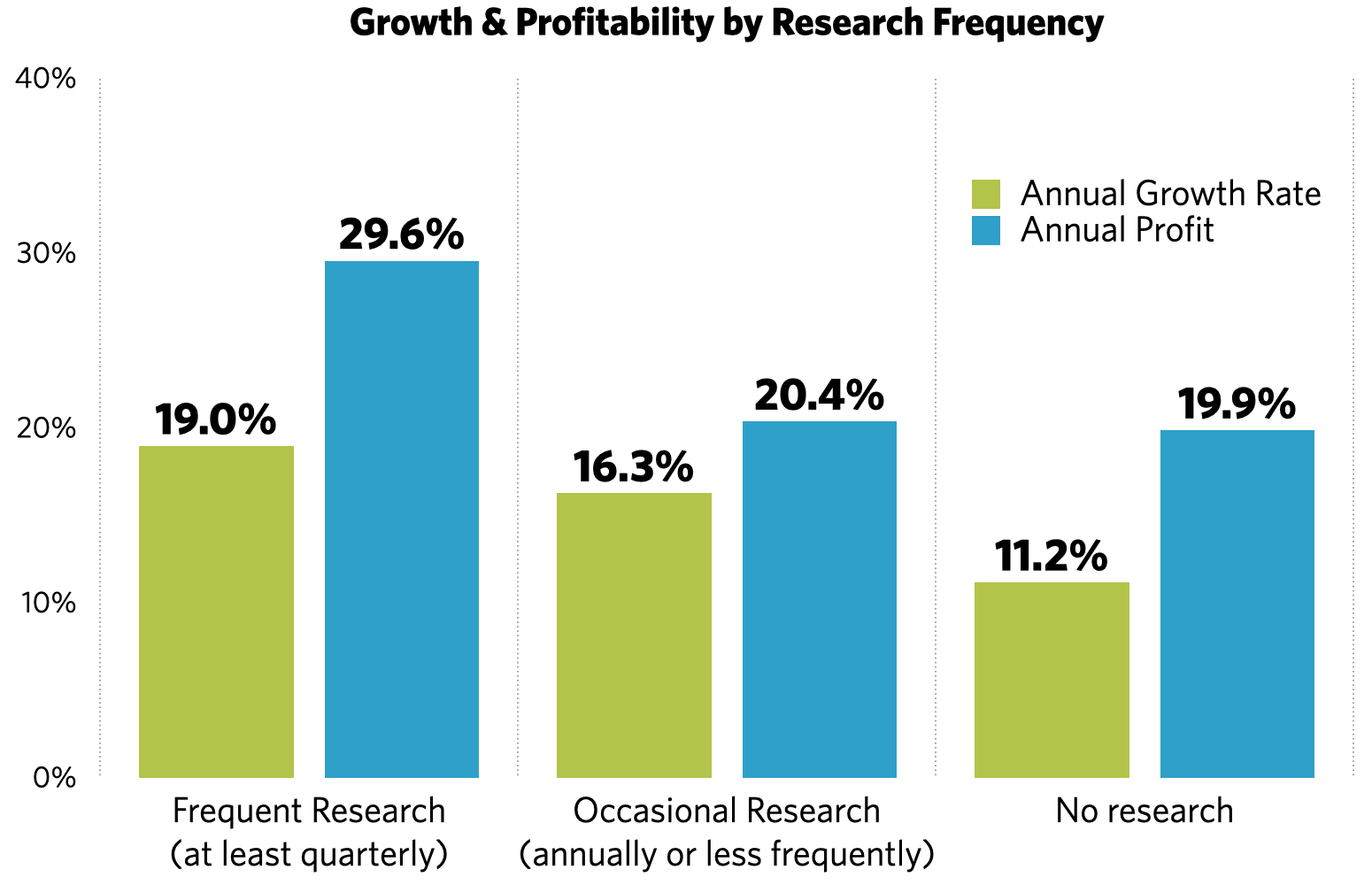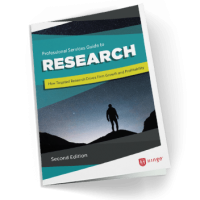This is a question we get with enough frequency that it has caused me to think through the issues involved. It typically comes up in the context of a re-branding effort. The first step in any branding effort is, or should be, getting the strategy right. Building a brand on a flawed strategy is the equivalent of erecting a building on a flawed foundation. Never a good idea.
Our recommended approach to professional services firm strategy involves not only understanding the internal view of your firm but also how it is seen from the outside looking in. That’s where we recommend interviewing clients and prospects — and where the question typically arises.
Concerns usually gel around three main points.
- I already know my clients. It’s unlikely that you will learn anything we don’t already know about our clients, competitors, or marketplace.
- Don’t rock the boat. It might upset our clients and even cost us business.
- So what. Even if you do learn something new, what’s the upside? Will it outweigh the costs?
These are all valid concerns and very understandable. However, the reality of the situation turns out to be very different. Let’s delve into each of these points.
“I already know my clients.”
Not as well as you might think. True, you very likely do know a lot about your clients, their businesses and your competitors. But that knowledge is all from your perspective. We refer to it as your “Internal Brand.” It’s how you see reality looking out. Your firm, however, often looks very different from the outside looking in — your “External Brand.”
For example, our research shows that when we ask a firm who their competitors are, and then we ask their clients and prospects the same question, we find that the average overlap is only about 30%. That means that from the market’s perspective you don’t know 70% of your true competitors.
Similarly, our research also shows that about 60% of the time your clients admit they don’t really know all your firm does.
I don’t believe Hinge has ever worked with a firm that did not uncover a hidden strength — one that their clients saw but they didn’t even realize they had. Some things you just take for granted. You’re too close to see them. And, of course there are all those hidden weaknesses that surface as well.
When we put it all together, we find that firms have a 50-75% understanding of their External Brand. On a significant number of issues they are just flat out wrong. In part, this is because many clients won’t tell you when they are unhappy with your service. They don’t want to hurt your feelings with critical comments. Or some clients may not give you positive feedback because they fear you will raise your prices if you find out how valuable you are to them.
“Don’t rock the boat.”
Will talking to clients irritate them or dredge up old issues? While this is certainly an understandable concern, it turns out to not be an issue in reality. If clients don’t want to be bothered, they simply don’t participate. We find that most clients are both willing and very forthcoming. Most feel good being asked for their perspective, and the interview process tends to reflect well on the firm. As to loss of business, it simply doesn’t happen. It’s far more likely that a new opportunity will surface.
What if your clients are government employees? Many people are convinced that their government clients simply will not participate. While there are instances when they can’t participate in an interview, these situations are rare. In reality, government clients respond very much like private sector clients do.
“So what.”
Up until a few years ago investing in research was a leap of faith. We knew from direct experience that systematic research resulted in smarter strategies and stronger competitive advantages, but we had no way of proving it. All that changed with our original research study of high growth, high value professional services firms. At the last minute we added a question to find out if firms conducted systematic, structured research on their target client groups (client, prospects, potential prospects) — exactly the type of research we are talking about here.
Frankly, I wasn’t expecting to see much of a relationship between research and bottom line results. Boy was I wrong.

We broke firms into three groups: 1) those that did no such research (most firms don’t); 2) those that did it occasionally; and 3) those that did it frequently (at least once per quarter). When I saw the results I checked and rechecked them. Companies that conducted structured research, even occasionally, were more profitable and grew as fast as those that did not.
Similarly, those firms that did frequent research were even more profitable and grew even faster. And remember that profitability had to, by definition, take into account the cost of the research. It simply doesn’t get much clearer or more compelling than that.
Bonus benefit.
It turns out that there is another benefit associated with this type of research, one that is sometimes overlooked. In professional services firms it is often a major challenge to get staff to change their behavior and support a new brand strategy. In the absence of a compelling reason to change, old habits die hard.
We have found that client and prospect data can be a powerful motivator for change. Hard data support stronger arguments than an edict from the management team or the opinion of a marketing consultant. Objective data turns out to be a great lever to encourage positive change.
So when you take into account the arguments for and against doing research on your clients and prospects it becomes clear why we are strong advocates of the practice. It allows you to get a clear picture of both your external and internal brands as they currently exist. That gives you a solid foundation on which to build your new brand.


